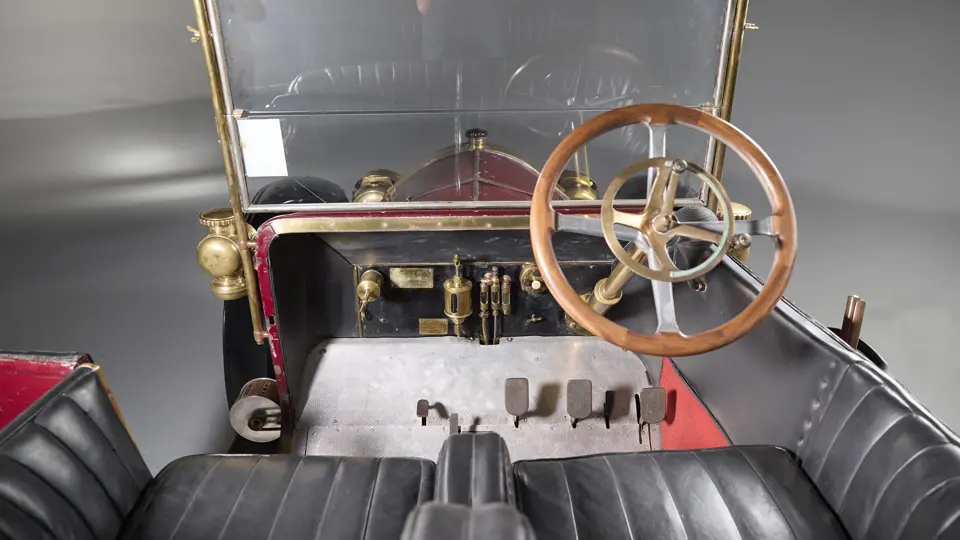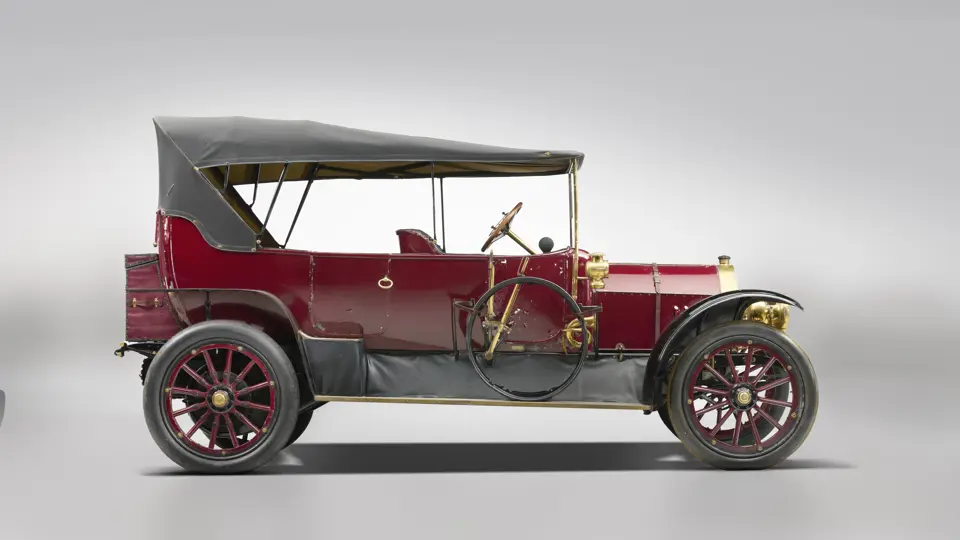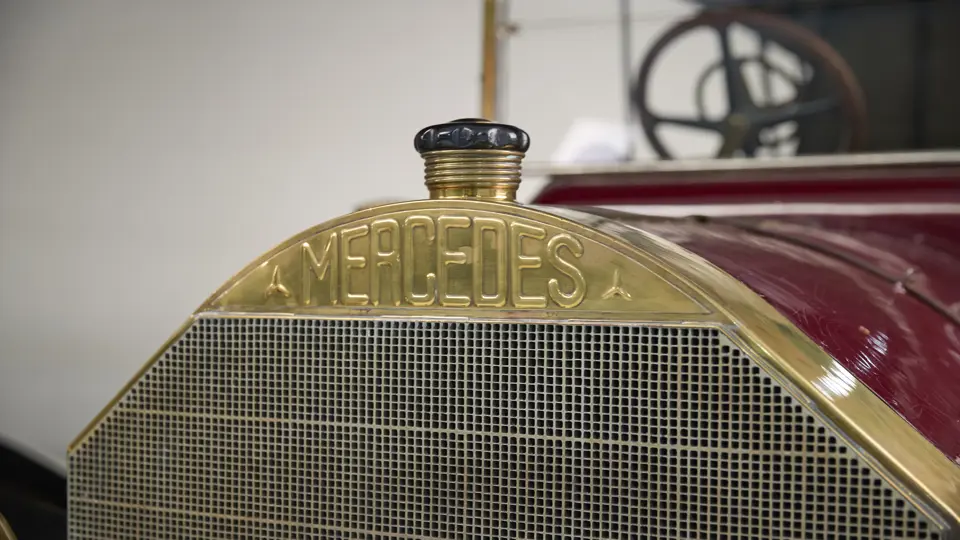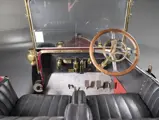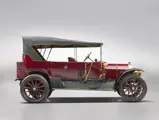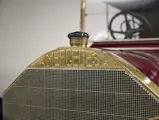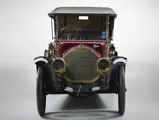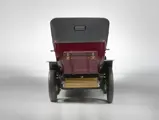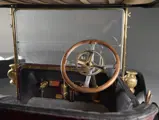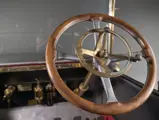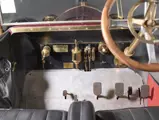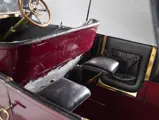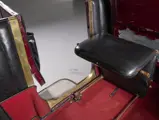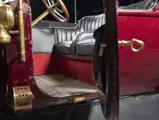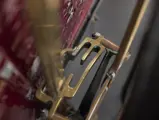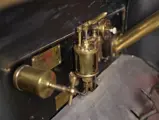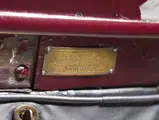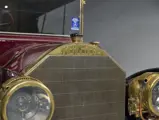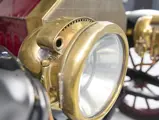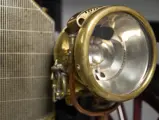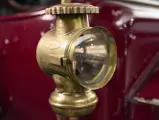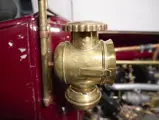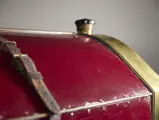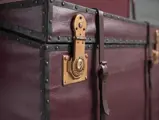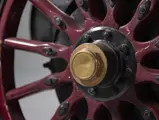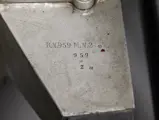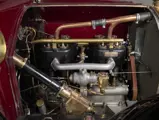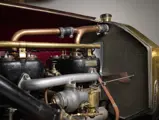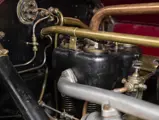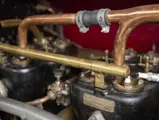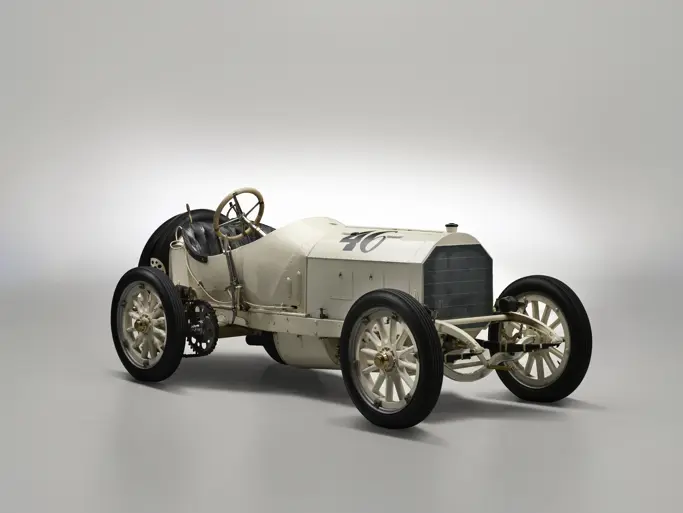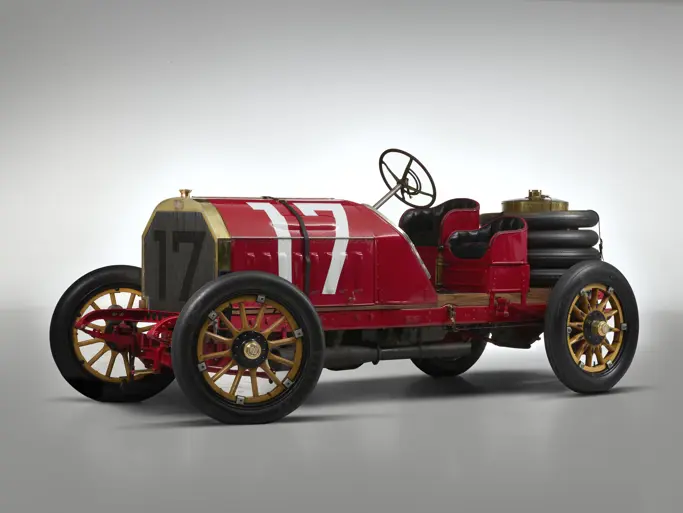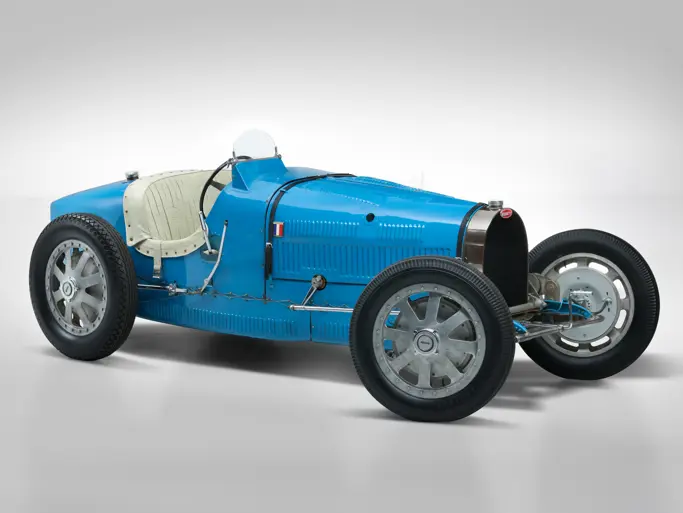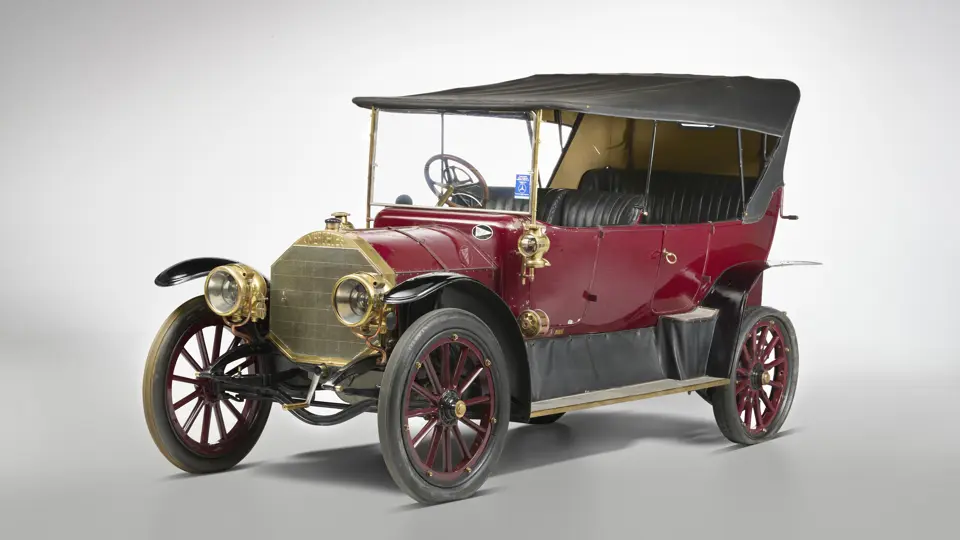
1911 Mercedes 22/40 HP 'Colonial' Double Phaeton
{{lr.item.text}}
$268,800 USD | Sold
Offered from the Collection of the Indianapolis Motor Speedway Museum
{{bidding.lot.reserveStatusFormatted}}
- A potent T-head, 40-horsepower, dual-chain-drive Mercedes
- Part of the Indianapolis Motor Speedway Museum collection since 1971
- Documented with copies of its Mercedes build papers; originally commissioned for an Argentinian client
- An ideal prestige piece for enjoying in Brass Era tours
Among the Mercedes offerings of 1911 was the 22/40 PS, or, in American parlance, a 40 HP model, returning that figure at 1,230 rpm from a 5,623-cubic-centimeter T-head four-cylinder engine with dual camshafts, pressurized cooling, and dual ignition by magneto and battery. Upon its introduction in 1910, the model initially used a “modern” shaft drive, but it was soon made available with the romantic dual chain drive as well, a “Colonial” configuration that offered higher ground clearance and a wider track for less ideal roads. It was the type of automobile that came to define the early Mercedes: an extremely well-engineered luxury machine, beautifully designed and very solidly built, capable of excellent performance.
The 22/40 HP model offered here was, according to copies of its original Mercedes build documents, constructed with the chassis and engine numbers that it retains to this day for Robert, Pusterla y Cía, the Mercedes agents in Buenos Aires. It was intended directly for an Argentinean client, with the detailed build specifications requesting instruction plates lettered in French, German, and Spanish, as well as larger tires, accommodating the Colonial specification. It was afterward shipped to Buenos Aires by Heinrich Rüppel & Sohn, an export company in Bremen.
Remarkable invoices from the original dealer, included in the file, indicate the first owner to have been Rodolfo Roth of Buenos Aires, and further confirm that the car was delivered with its present drivetrain and coachwork. Period newspaper articles indicate that Roth was a mechanical engineer and professor, as well as a historian of some note. Further paperwork indicates that in 1930 new connecting rods and bearings were procured for the car via Milanese dealer Saporiti by Carlo Zatuszek, the famed Austrian-born Argentinean racing driver known for his winning exploits in Models K and SSK during the late 1920s and early 1930s.
In the late 1960s the Mercedes was offered to the Indianapolis Motor Speedway Museum by a Ricardo C. Bieler of Santa Fe, Argentina, beginning a negotiation that continued until the car was at last acquired for the Museum in the spring of 1971. It was subsequently shipped aboard the Nopal Progress from Argentina to the Port of New Orleans, from which it embarked by land to its final destination in the Hoosier State. Fascinating correspondence regarding the acquisition and shipment is included in the history file.
The Mercedes was afterward restored under the auspices of the Museum and has remained on occasional exhibit over the years, as well as frequently brought to events, including the 2003 Pebble Beach Concours d’Elegance. Its restoration is older in presentation but, following recent recommissioning, is in good running order. Most significantly the car remains astonishingly proper for a Mercedes of its era, retaining the original carburetor, ignition system, switch panel, hardware, and fittings, down to the flooring in the driver’s compartment and even its Mercedes coachwork tag. Repairs to the wheels and rims, as well as sourcing correct tires, would be recommended for the new owner.
This is a splendid example of the Brass Era Mercedes, a legendary piece of exceptional engineering and design, ideal as a tour machine for its fortunate new owner.




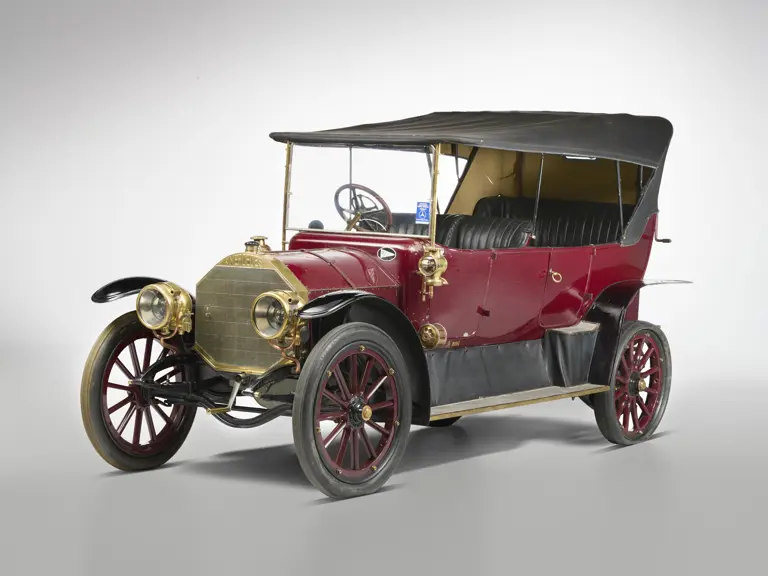
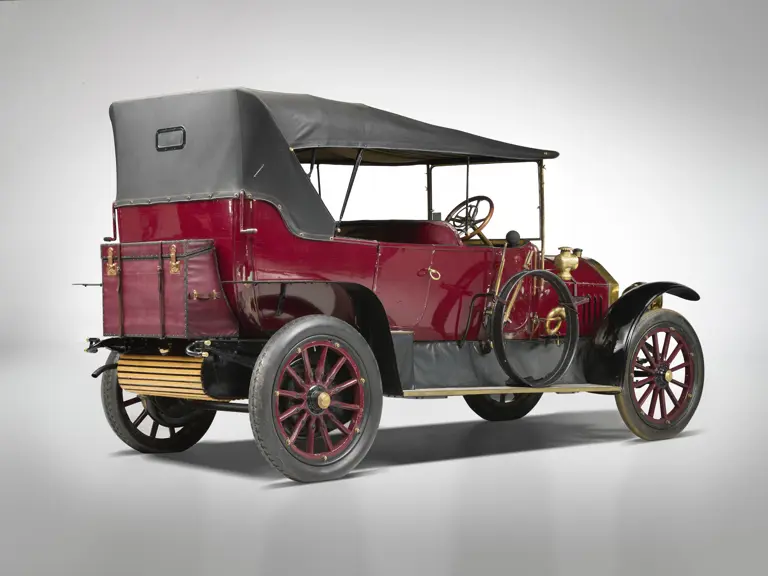
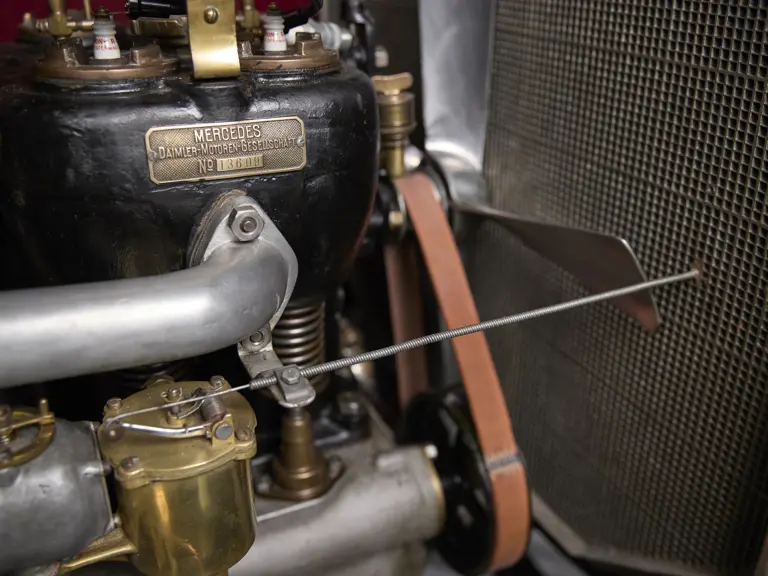
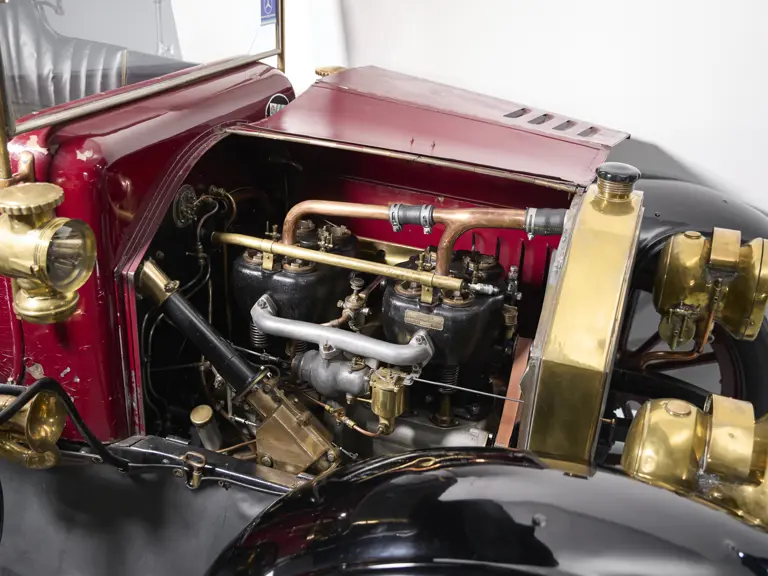


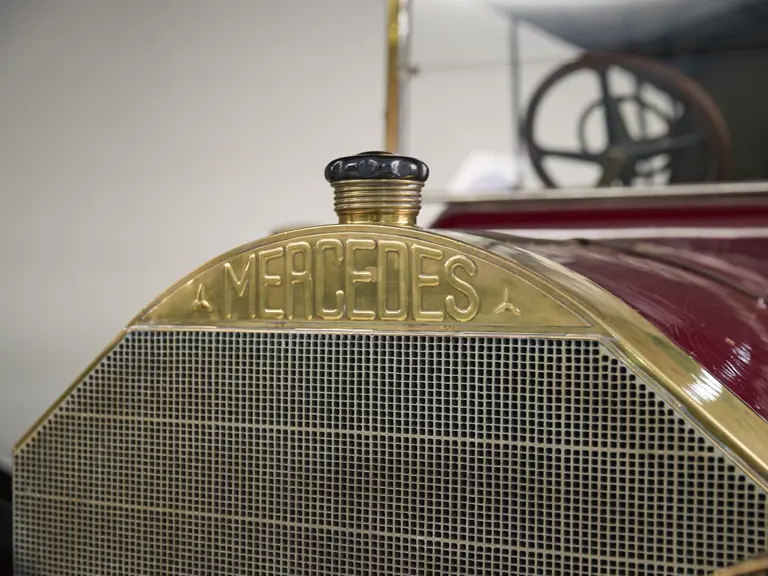
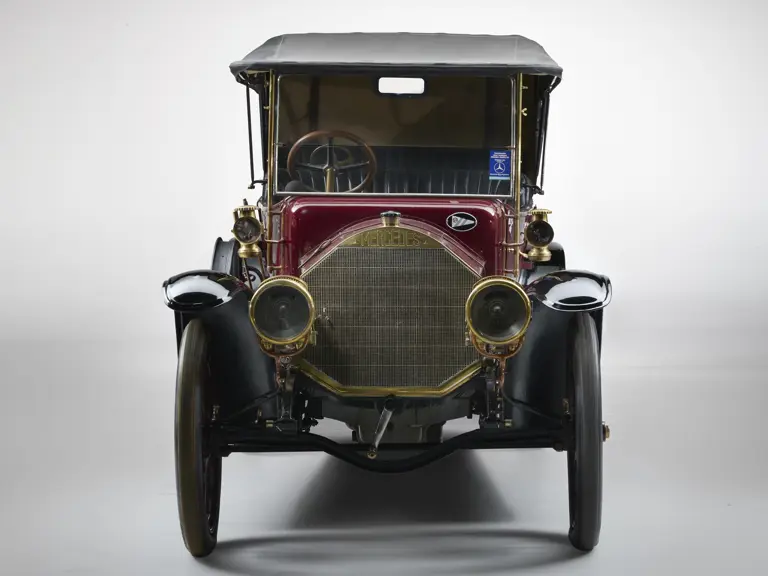
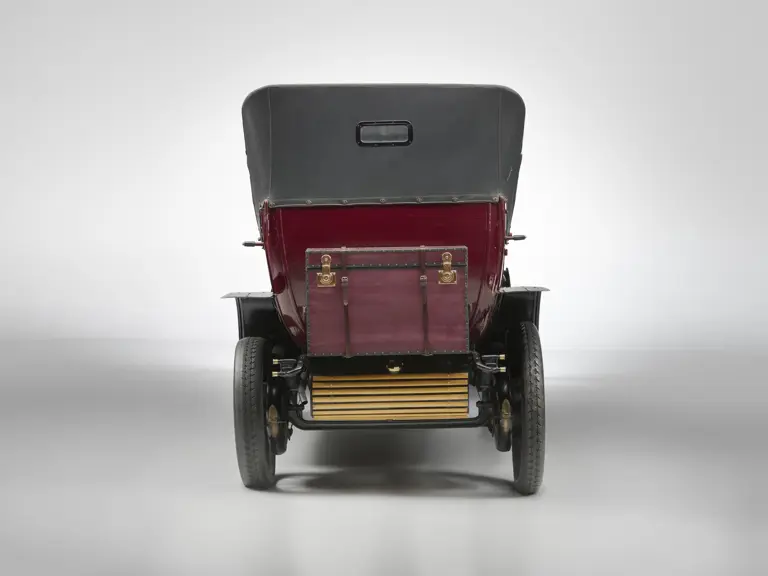
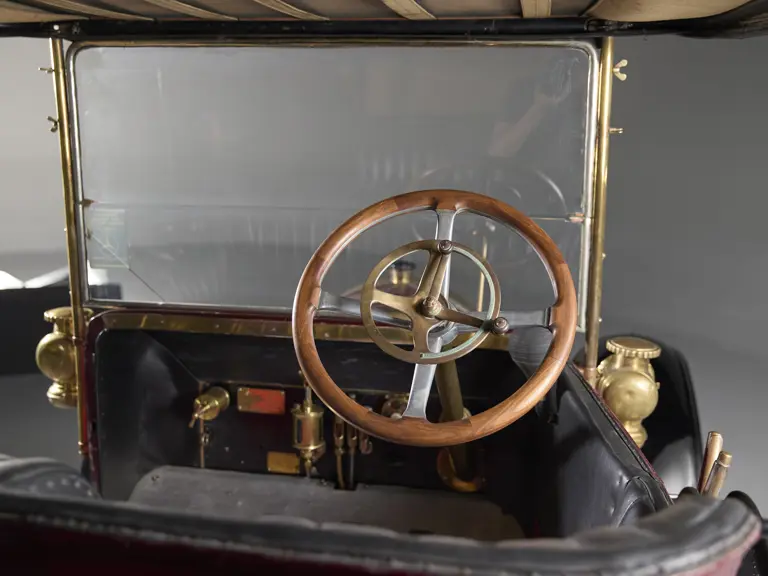
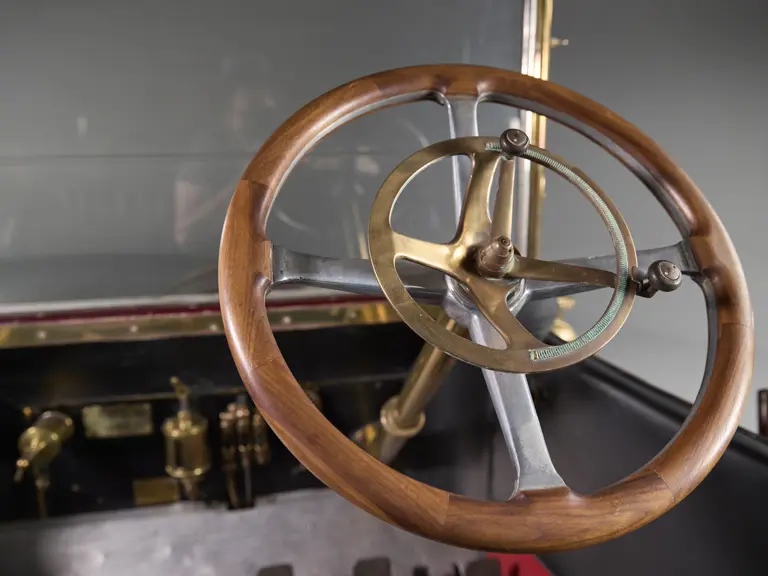
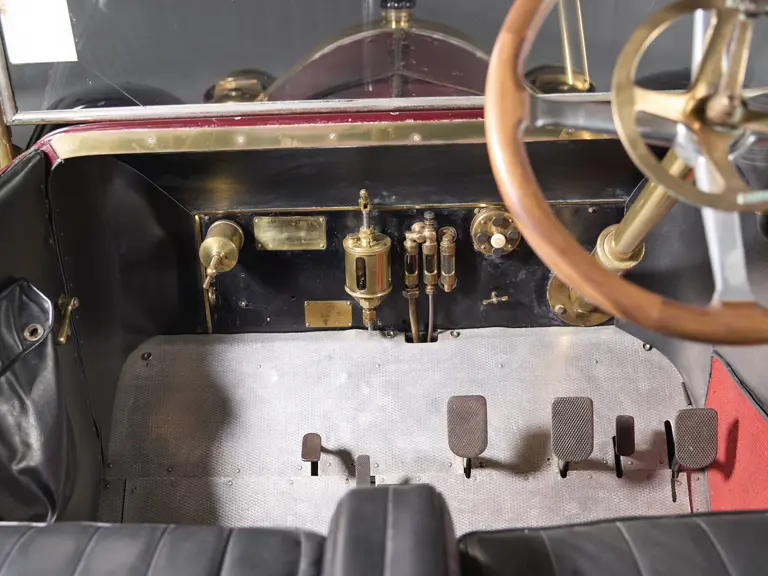
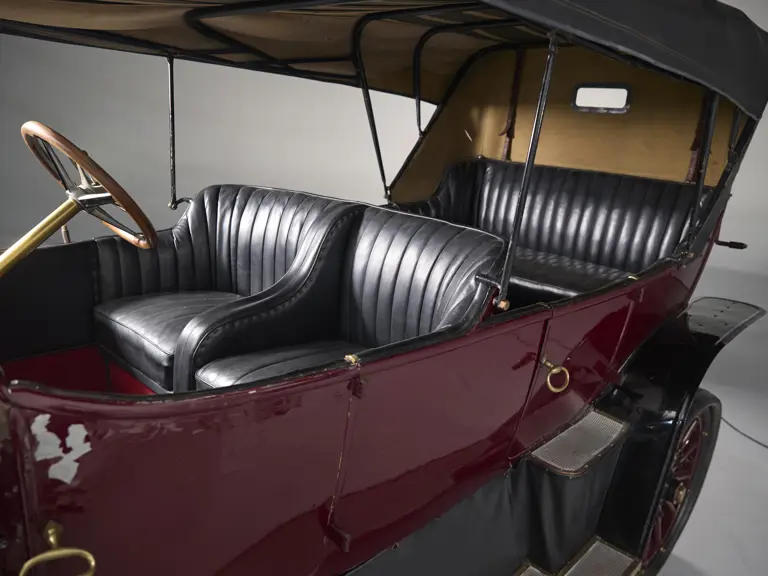
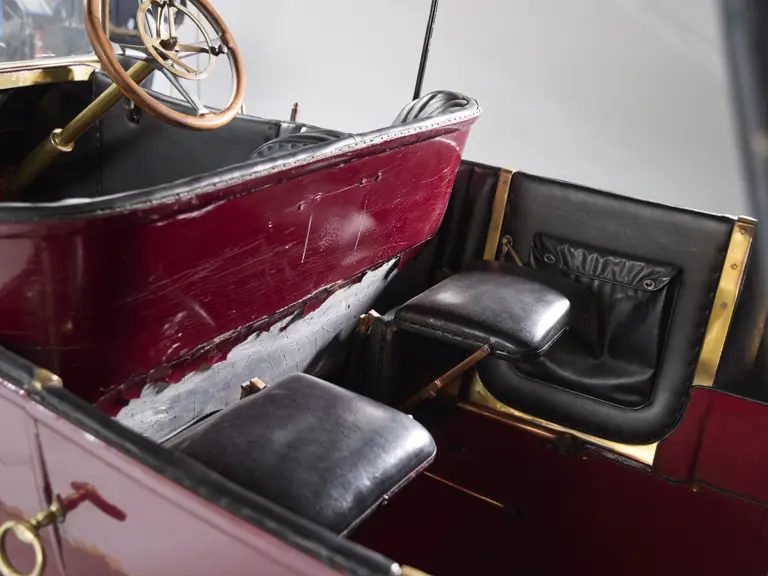
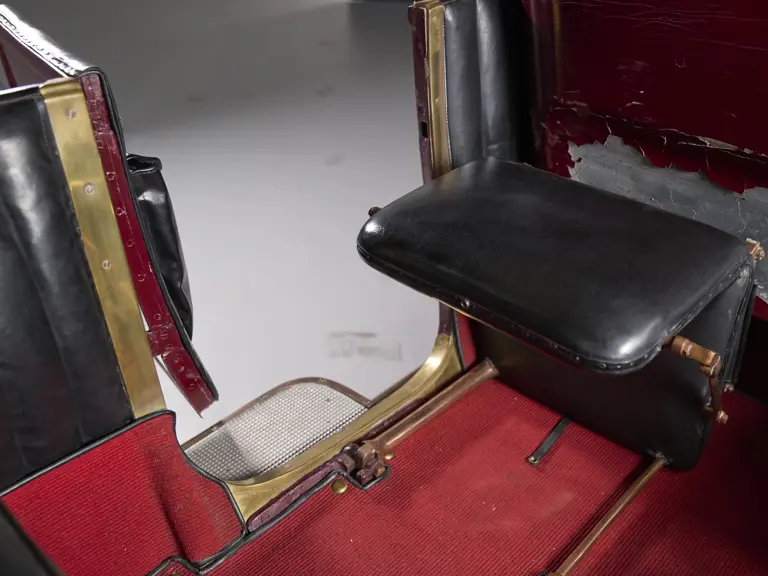
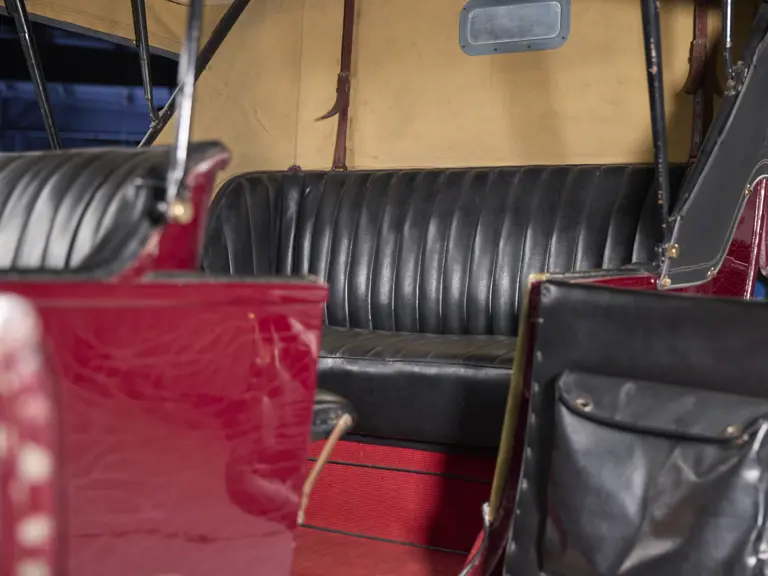
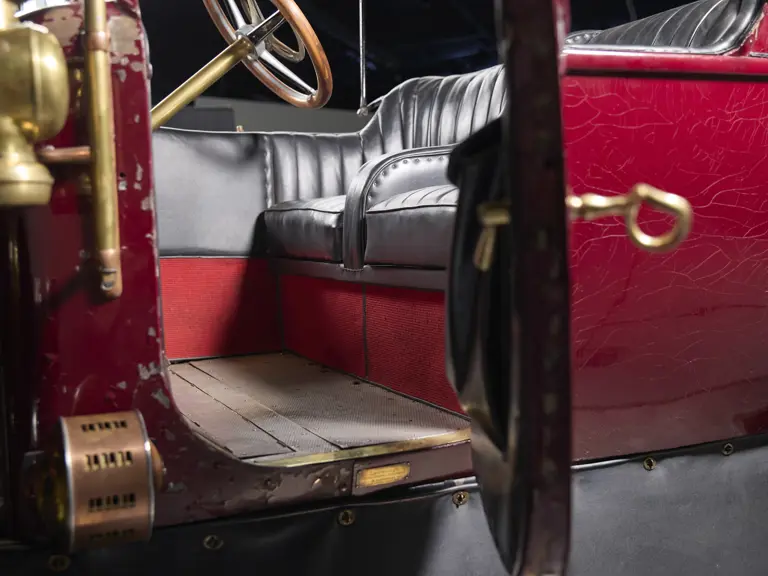
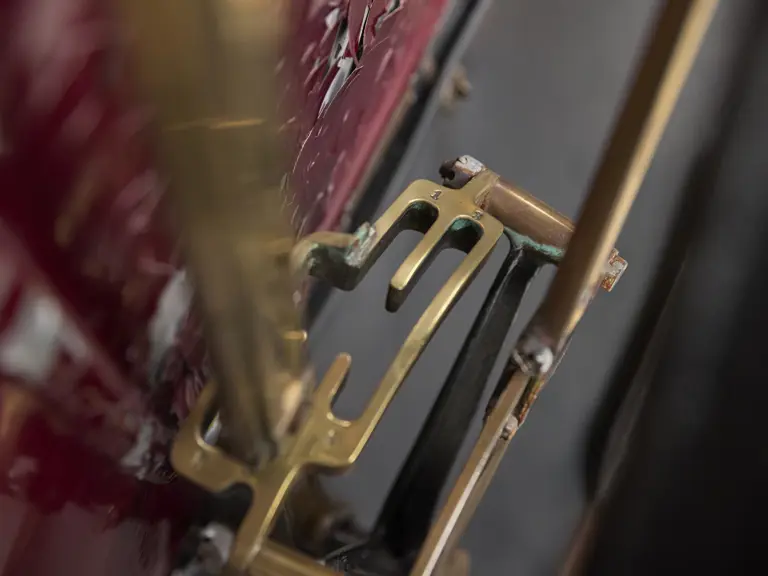
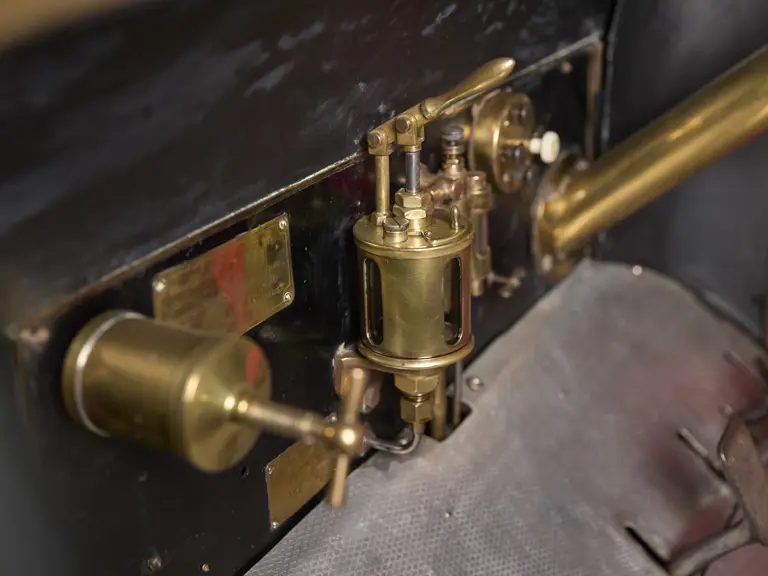
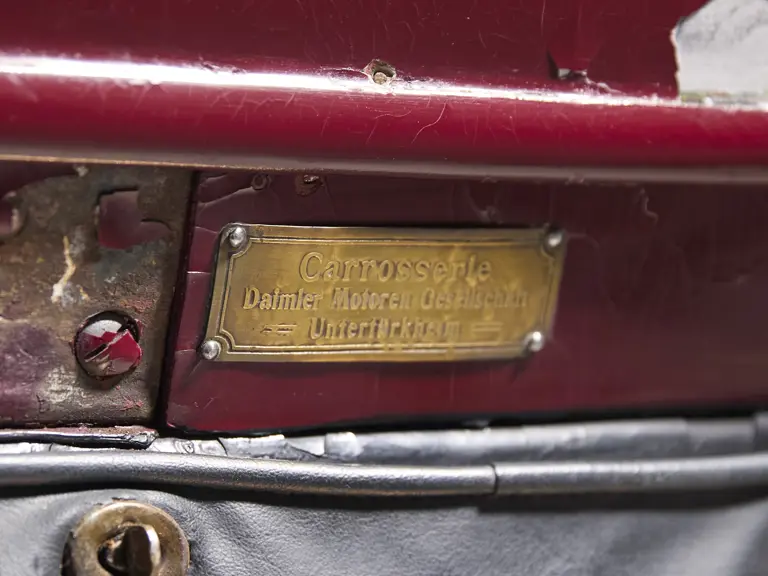
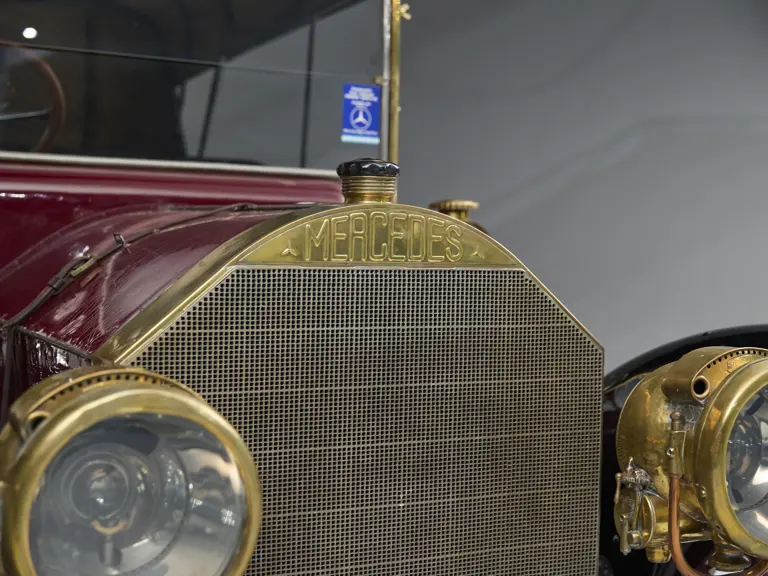
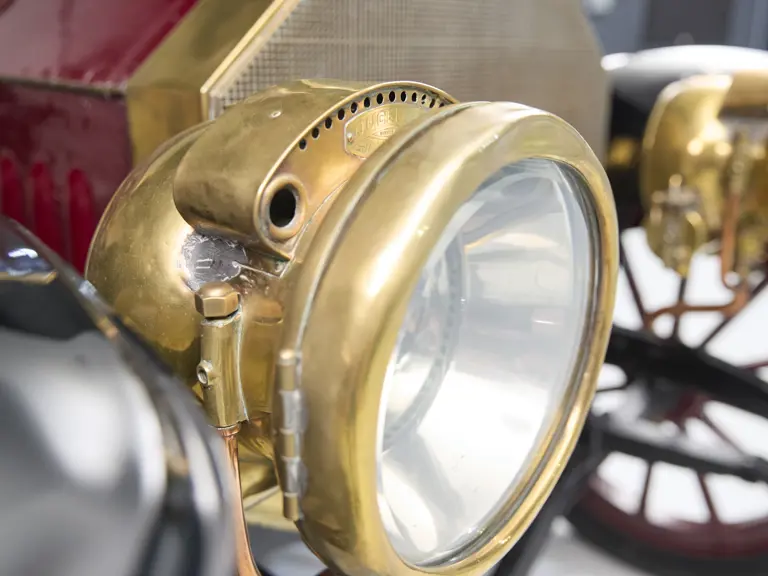
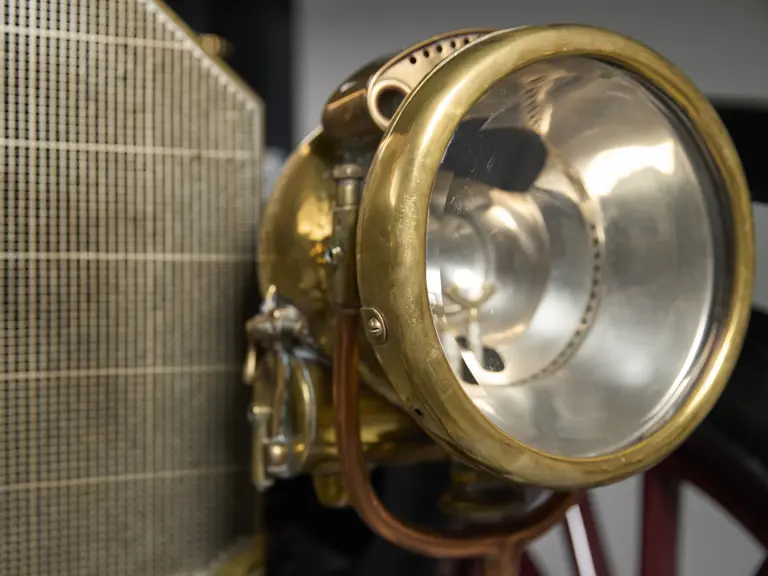
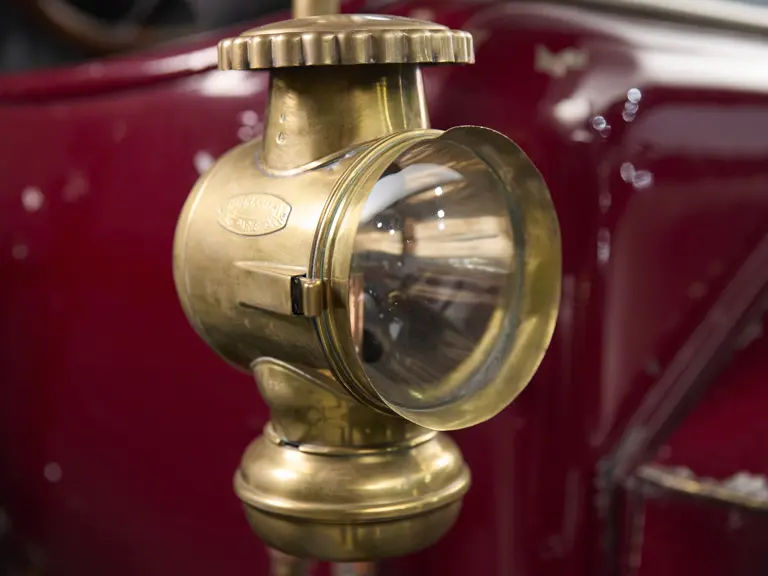
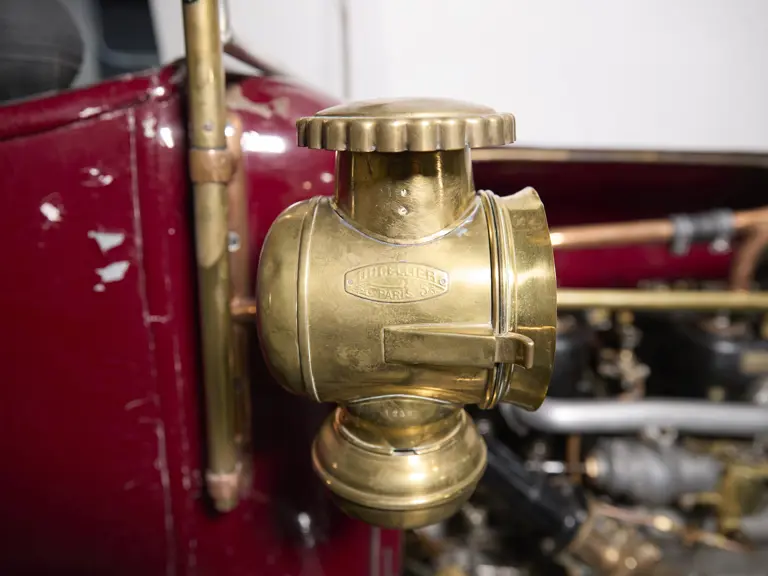
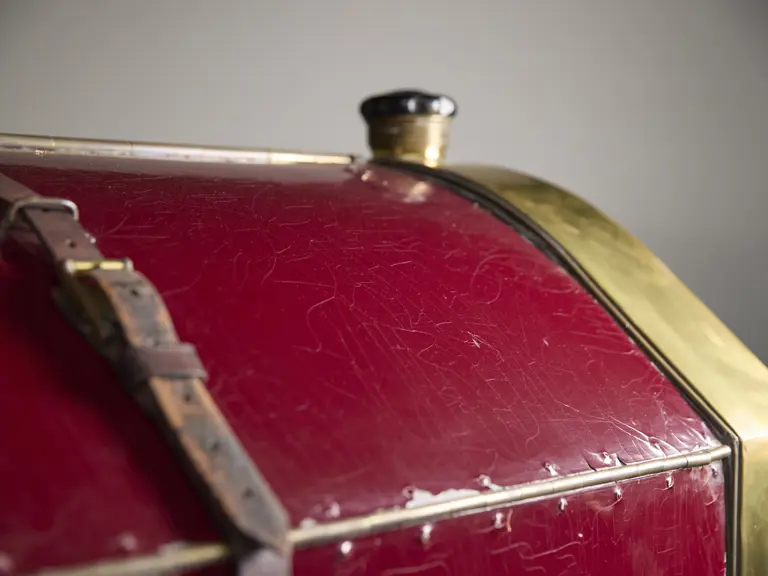
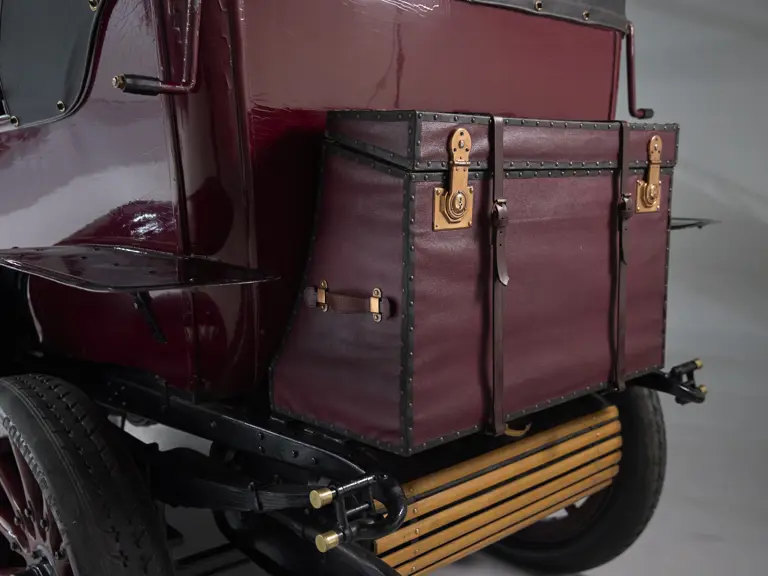
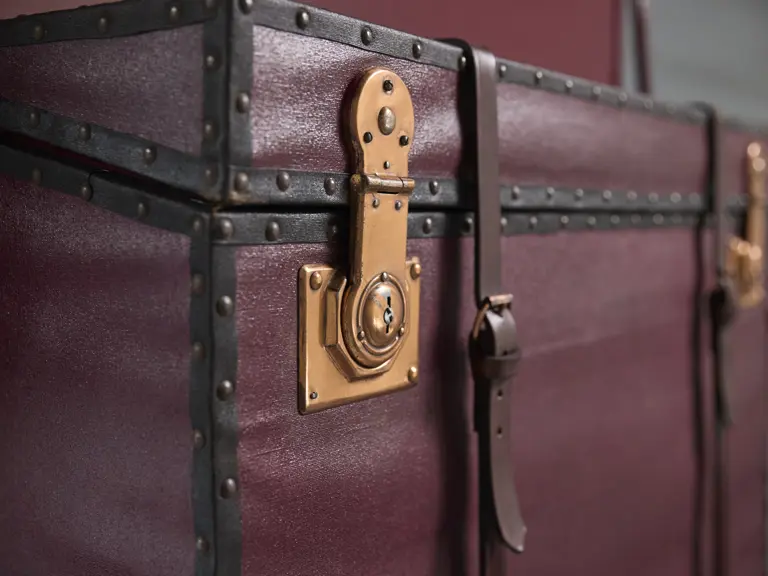
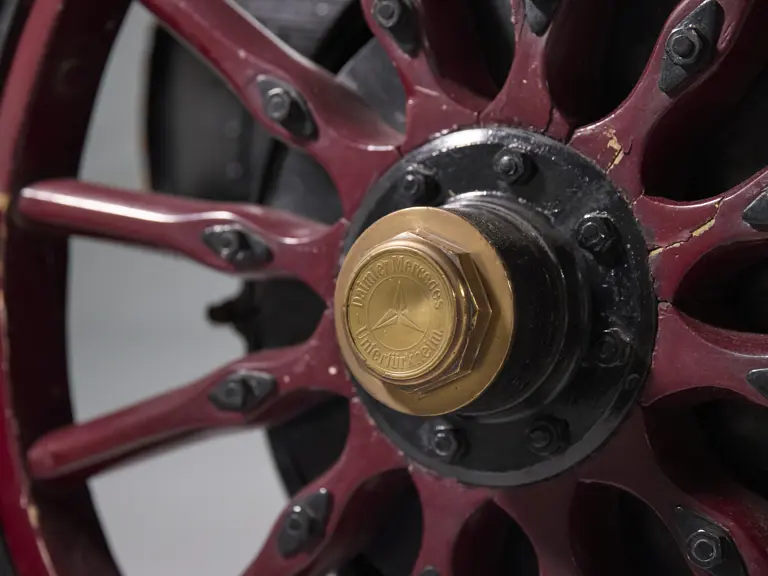
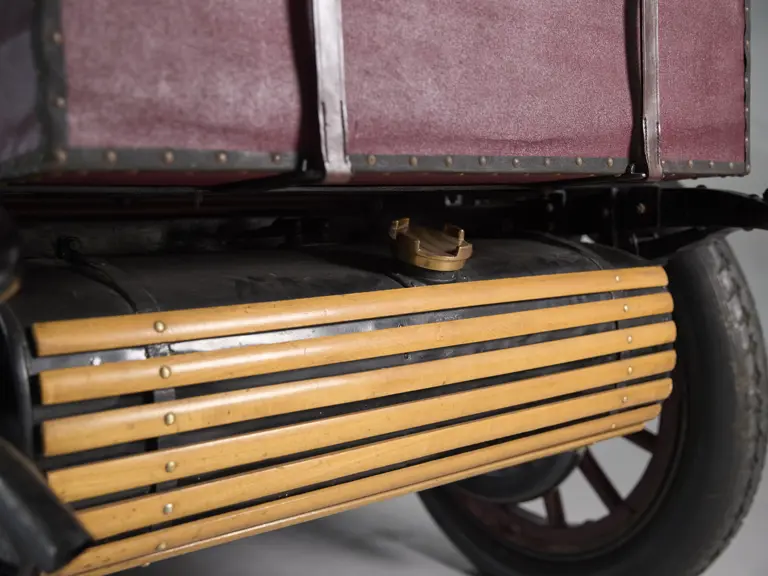
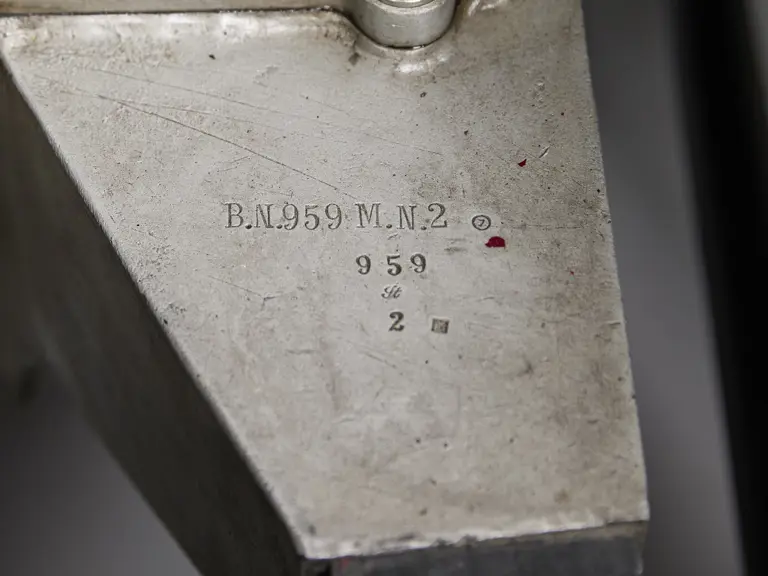
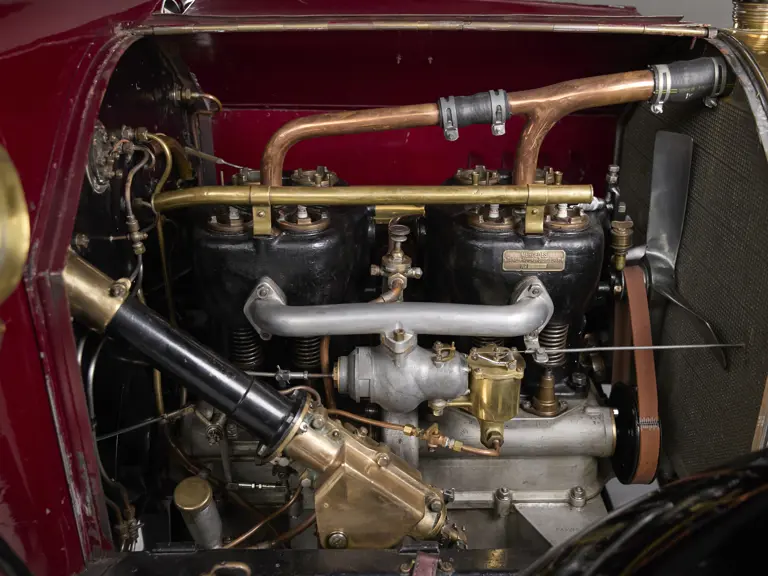
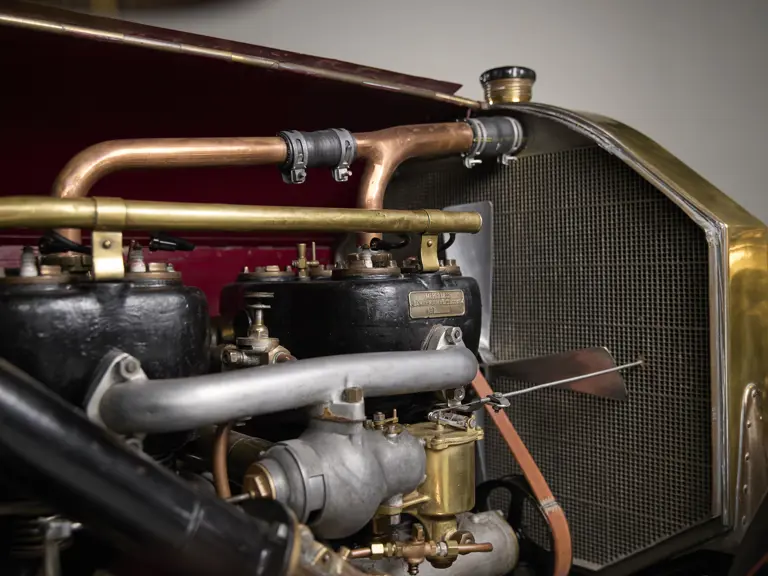
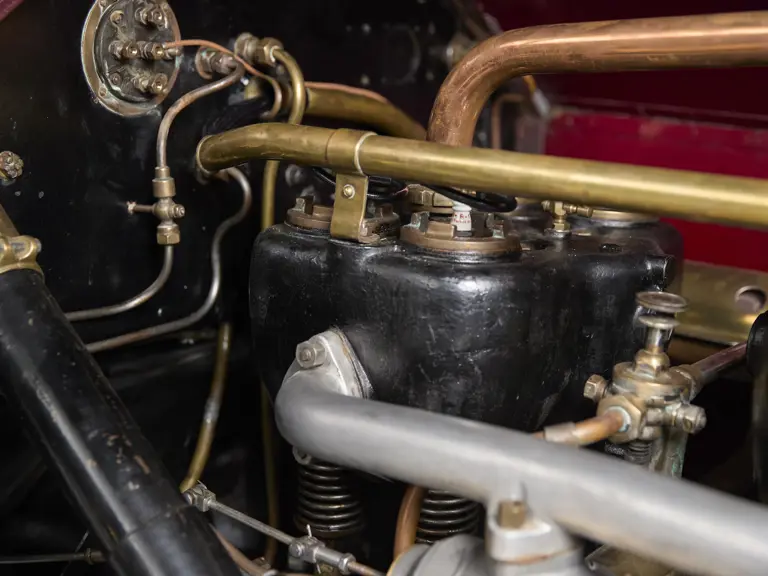
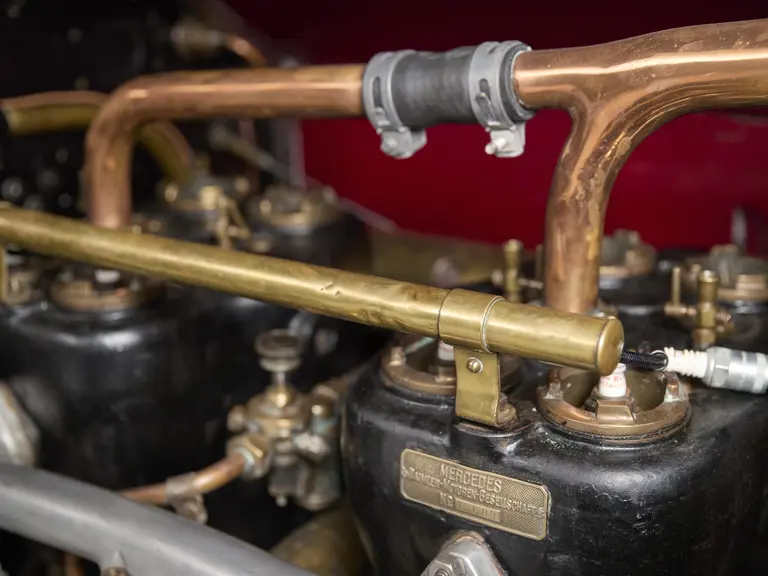
 | Coral Gables, Florida
| Coral Gables, Florida
